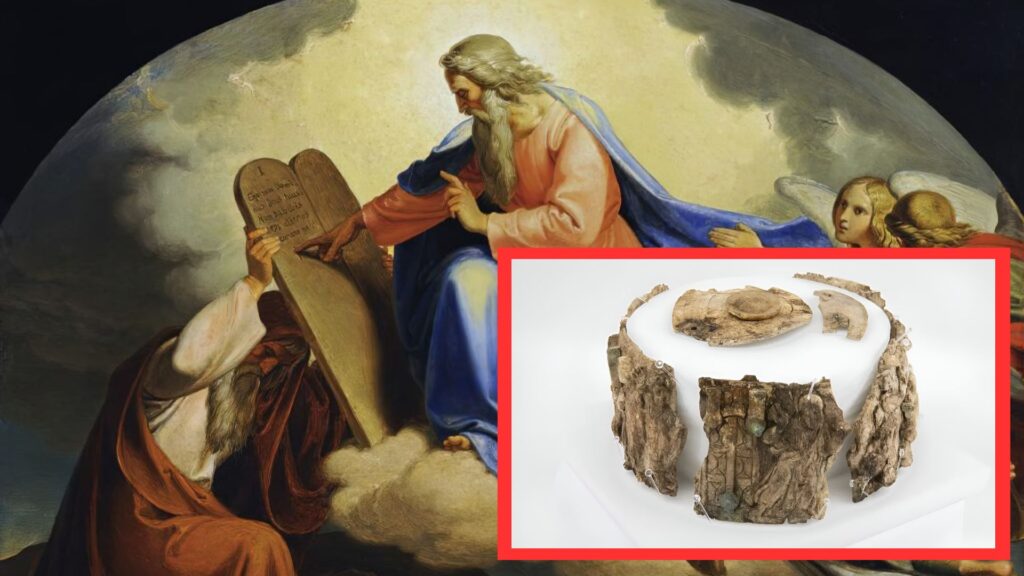Archaeologists in Austria have made a remarkable discovery, unearthing a religious relic believed to be over 1,500 years old.
This ivory box, found within a marble shrine at an early Christian church excavation site, is adorned with Christian motifs depicting biblical scenes, including Moses receiving the 10 Commandments from God on Mount Sinai.
Rarity of Early Christian Artifacts
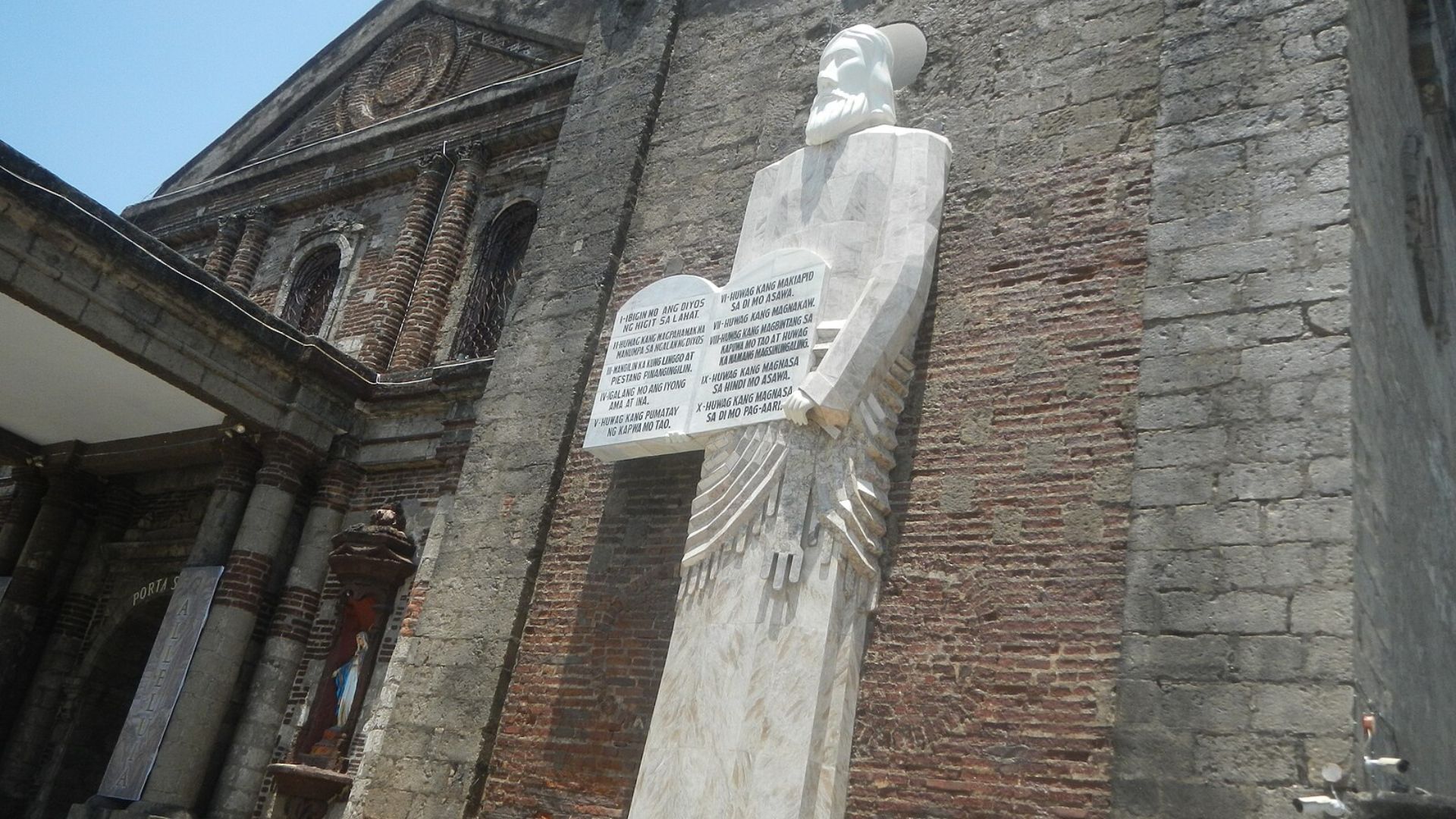
This artifact is considered extremely rare and significant due to the scarcity of early Christian objects.
The scene it portrays is a vivid depiction from the Old Testament, accompanied by imagery of saints and the Ascension of Christ. Such finds are rarely encountered in archaeological digs, making this a notable discovery in the study of early Christian art.
Historical Context Provided by Roman Emperors
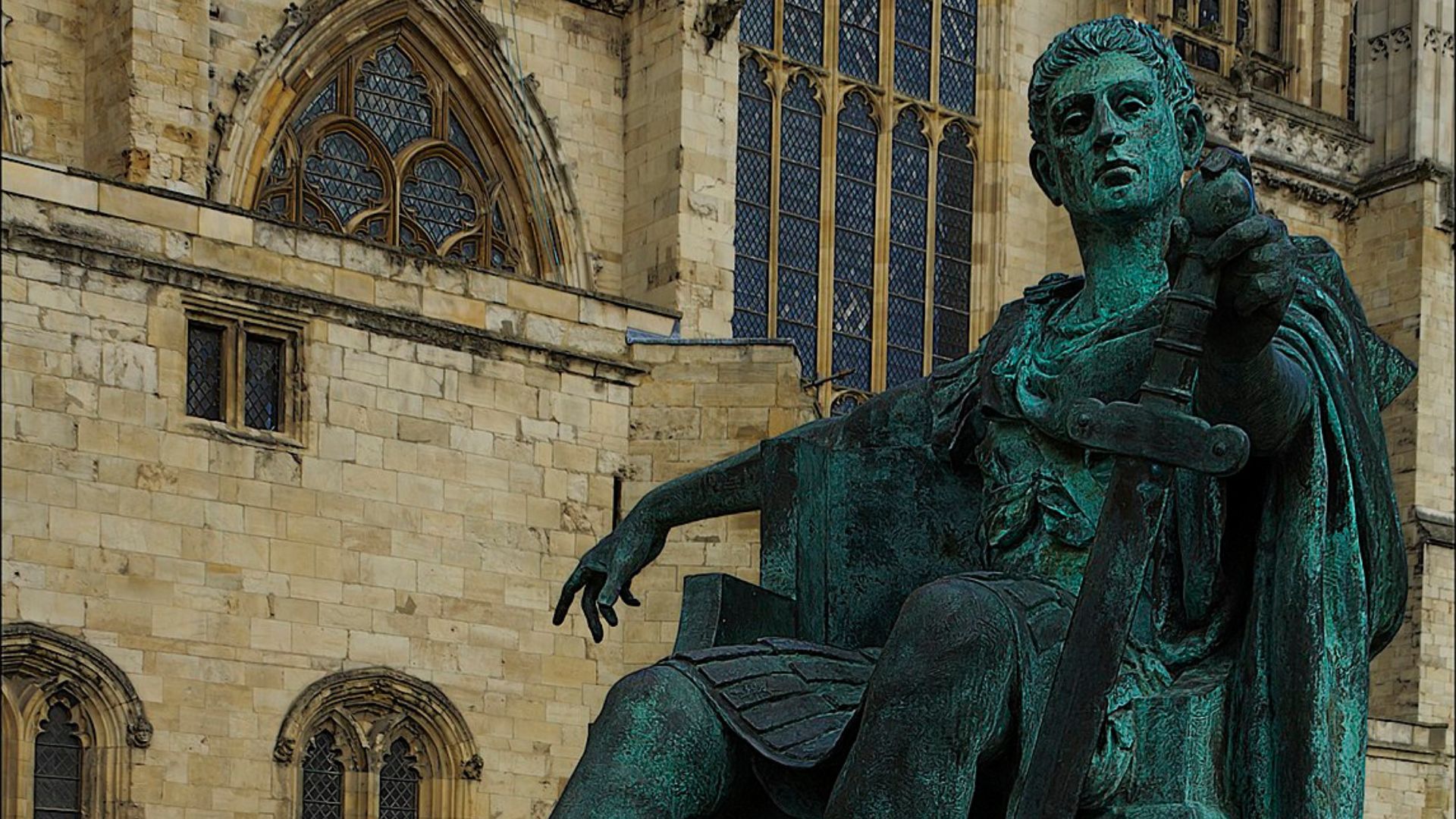
The relic dates back to a time when Christianity was undergoing significant changes under Roman rule.
After Emperor Constantine the Great legalized Christianity in 313 AD through the Edict of Milan, Emperor Theodosius further established Christianity as the state religion of the Roman Empire in 380 AD, impacting religious practices and artifacts from that era.
The Rarity of Such Discoveries
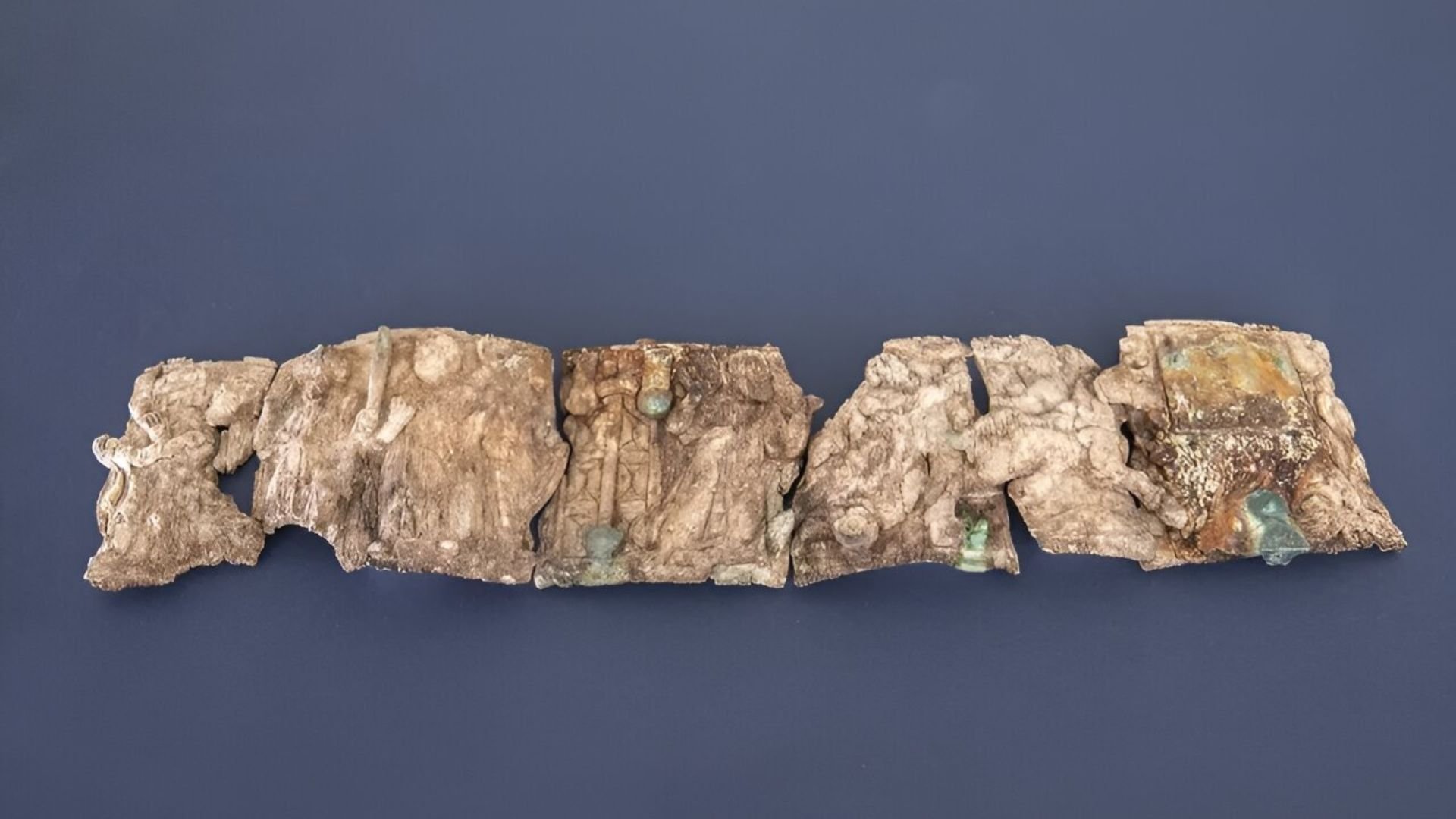
The significance of this find is underlined by its rarity, with only 40 similar discoveries recorded worldwide.
Gerald Grabherr, the lead archaeologist, emphasized the uniqueness of this event, stating, “We know that this only happens once in an archaeologist’s life as a scientist.” The last discovery of this nature was made approximately 100 years ago.
Archaeological Site in Irschen

The University of Innsbruck’s research team made the discovery while excavating what was once an early Christian church in Irschen, located in southern Austria.
This region was part of the Roman Empire, and the church likely served as a pagan sanctuary before becoming a site of Christian worship.
Discovery of the Marble Box

The archaeologists found the relic hidden underneath a sealing stone where an altar once stood. The marble box, when opened, revealed the fragmented pieces of the ivory box, which once formed a perfect circle, held together by metal and wood clasps.
This discovery was unexpected and sheds light on the religious practices of the time.
Significance and Abandonment

The ivory box, considered the holiest part of the church, raises questions about why it was left behind when the church was abandoned.
This aspect of the discovery puzzles historians and archaeologists alike, as such significant religious artifacts were typically preserved or moved to secure locations during periods of conflict or abandonment.
Biblical Imagery on the Box
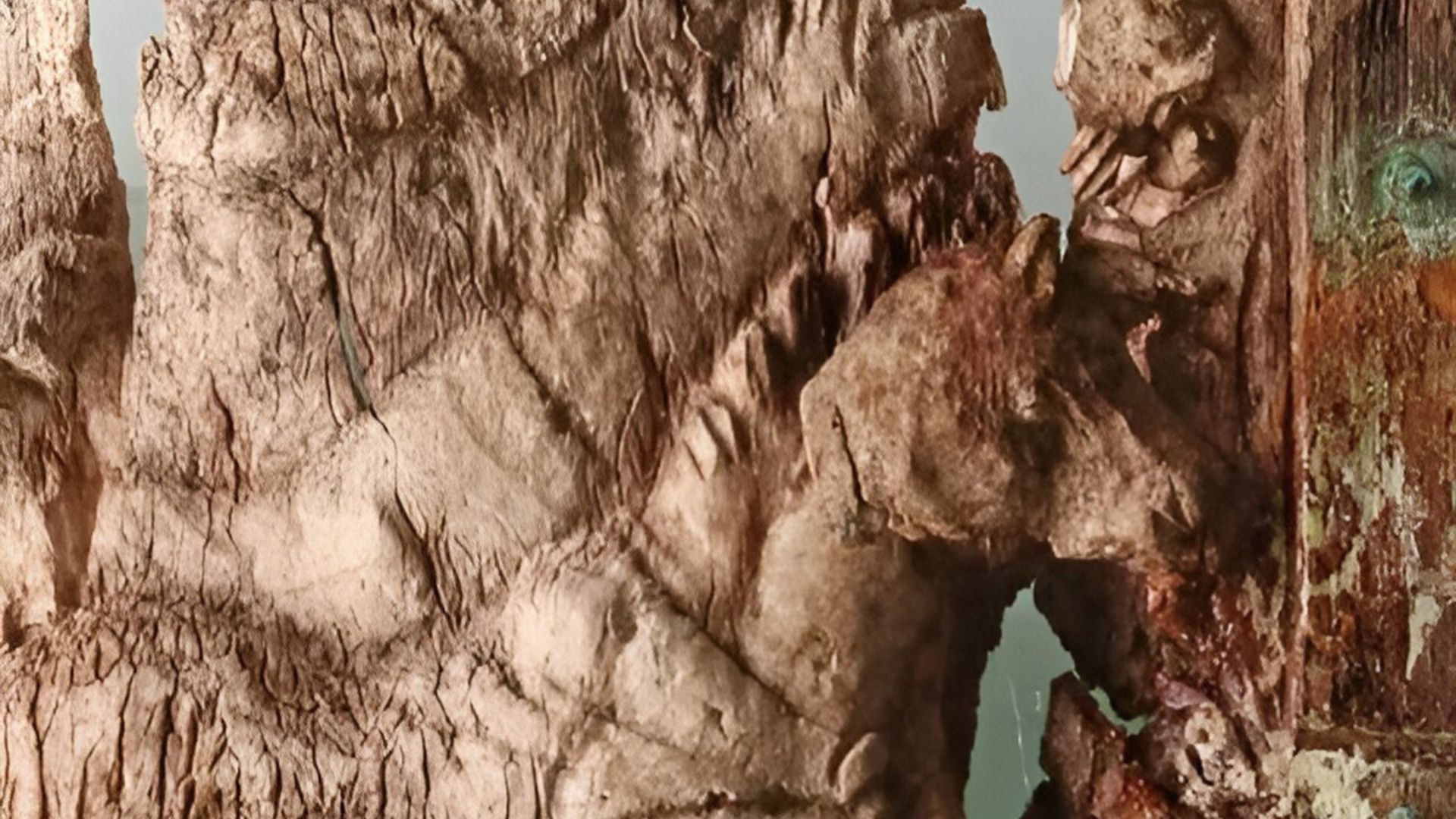
The box features carvings of men with beards and long robes, representing scenes from both the Old and New Testaments.
This blend of biblical stories captured in art offers insights into the religious beliefs and artistic expressions of early Christians.
Interpreting the Scenes
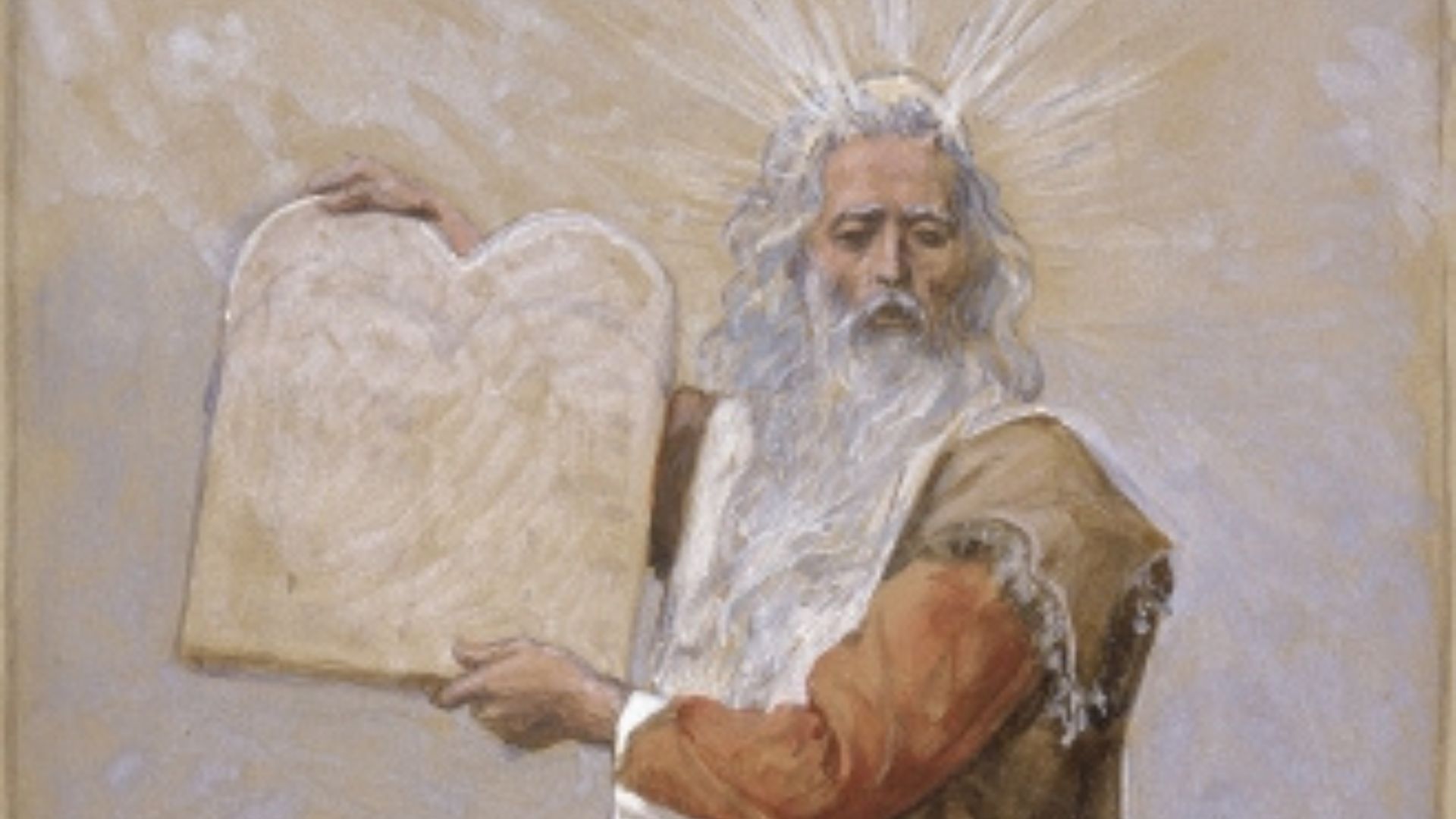
The interpretations of the scenes on the box are still being studied.
One depiction might show Moses receiving the laws from God, or it could represent him striking his staff in the water to part the Red Sea. The ambiguity adds to the intrigue and historical value of the relic.
Possible Scenes of Ascension
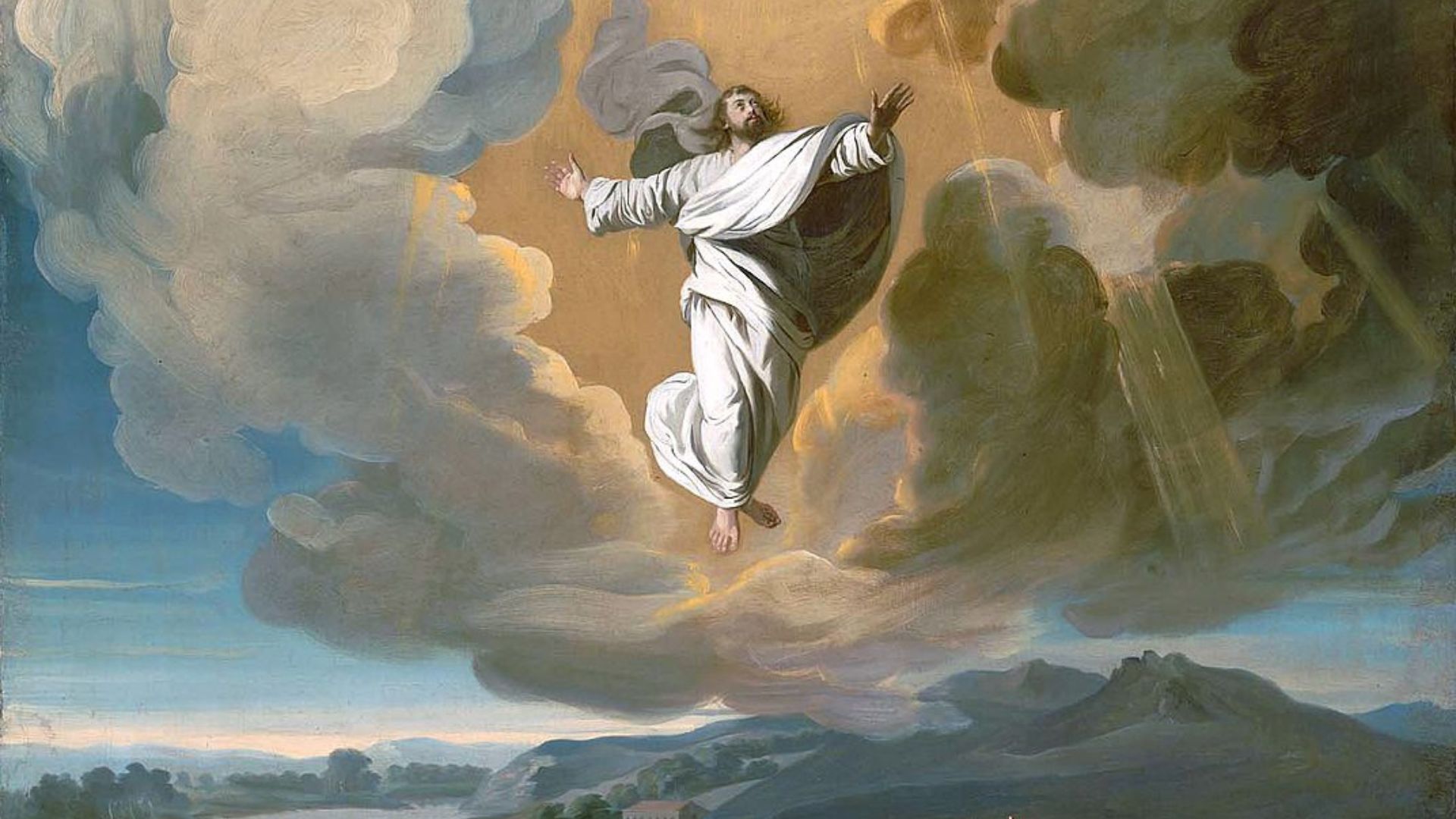
Dr. Barbara Kainrath, involved in the research, noted, “The head is turned in a different direction and with this representation, we can grab [God] handing over the law to Moses.”
Another scene suggests a figure being pulled upwards by a divine hand, possibly depicting an ascension into heaven, surrounded by horses and a chariot, indicating a significant biblical event.
Origin and Craftsmanship
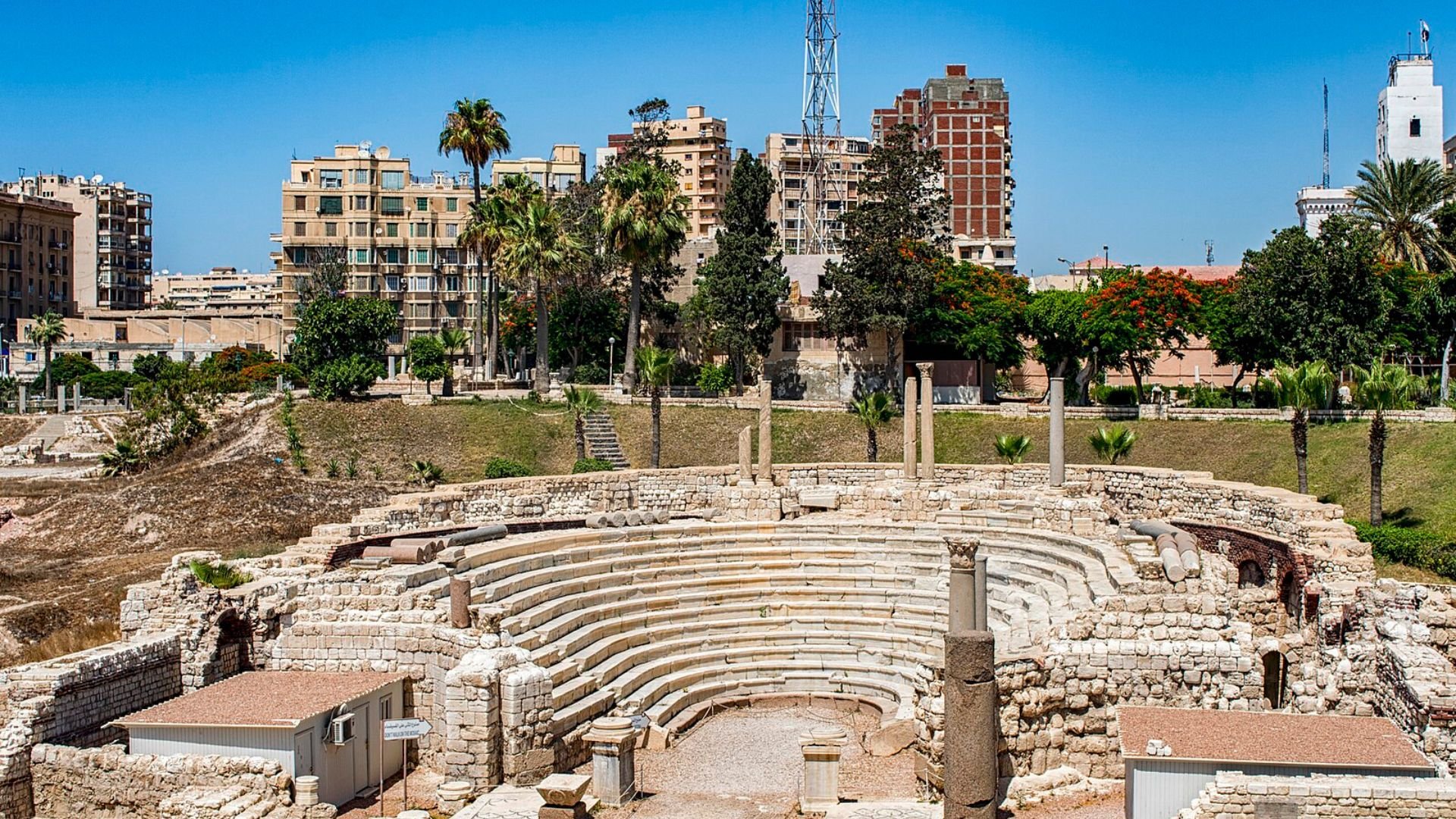
The exceptional craftsmanship of the ivory box suggests that it was not made locally. Researchers believe it originated from a major urban center, potentially between Alexandria, Ravenna, or Aquileia.
The quality of the workmanship indicates that skilled craftspeople in a major city likely produced it.
The Church’s Community
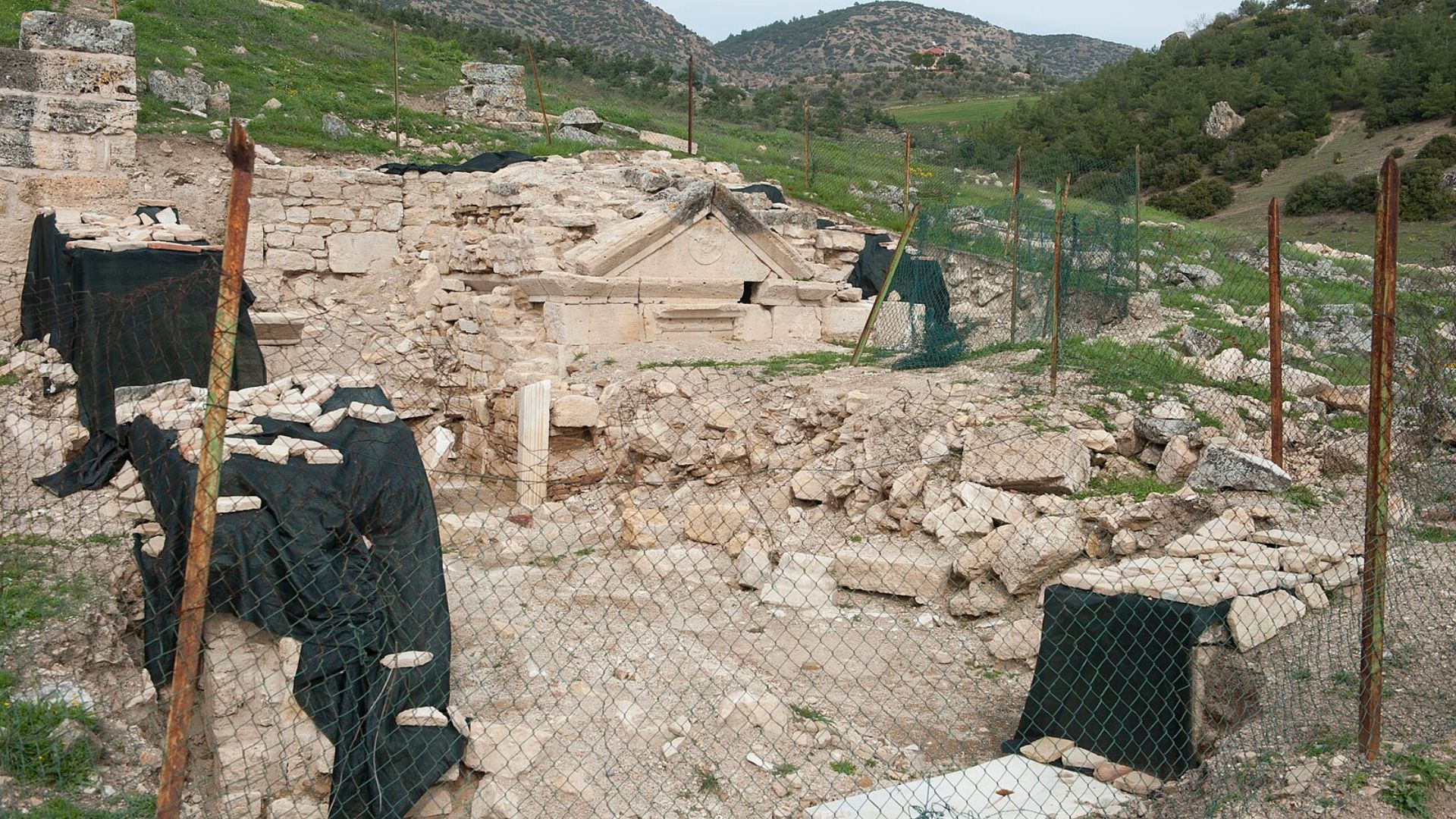
The excavation site not only revealed the relic but also uncovered human remains and other artifacts indicating a vibrant community.
The church, measuring about 60 feet in length, was surrounded by burials of what is believed to be members of the social upper class. This discovery provides a glimpse into the social structure and cultural practices of the time in that region.
